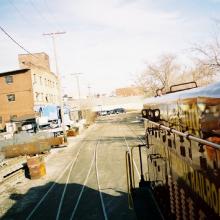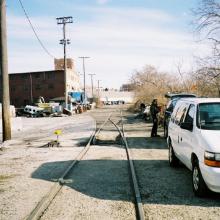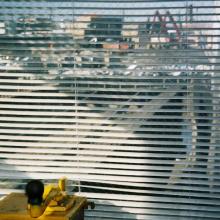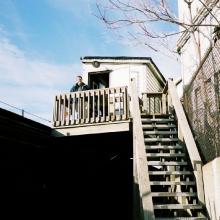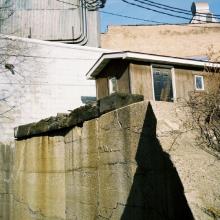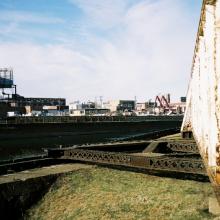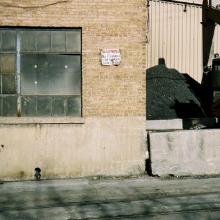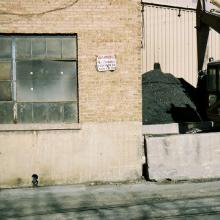861 Hits for February 2013
Albums (0) & Images (861)
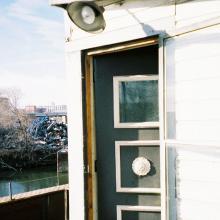
tb_lastdaybloom_01022007_14
The crew of the Chicago Terminal Railroad and owner Ed Ellis spent the early part of the morning testing the swing bridge and checking out the bridge tender's office. The first train would travel over the bridge a couple of hours later.Included here are rare photos of the interior of the bridge tender's office with its armstrong levers, the concrete footings and foundation for the swing bridge, the gears of the bridge, and views of the river from the east bank.
tb_lastdaybloom_01022007_14
The crew of the Chicago Terminal Railroad and owner Ed Ellis spent
the early part of the morning testing the swing bridge and checking
out the bridge tender's office. The first train would travel over
the bridge a couple of hours later.
Included here are rare photos of the interior of the bridge tender's office with its armstrong levers, the concrete footings and foundation for the swing bridge, the gears of the bridge, and views of the river from the east bank.

tb_lastdaybloom_01022007_21
A view looking east towards the run-around track used by the Milwaukee Road, CP Rail, and now Chicago Terminal to make up trains and store freight cars until they are needed. Cars for General Iron Industries are also spotted here. CP Rail used to use the bridge as a tail track when extra room was needed when shuttling cars back and forth and no doubt Chicago Terminal will do the same. Farther up, and to the north of the tracks, is another spur that is buried in mud.tb_lastdaybloom_01022007_21
A view looking east towards the run-around track used by the Milwaukee Road, CP Rail, and now Chicago Terminal to make up trains and store freight cars until they are needed. Cars for General Iron Industries are also spotted here. CP Rail used to use the bridge as a tail track when extra room was needed when shuttling cars back and forth and no doubt Chicago Terminal will do the same. Farther up, and to the north of the tracks, is another spur that is buried in mud.

tb_lastdaybloom_01022007_22
A forgotten spur runs into one of the Finkl buildings near the bridge. A sign warns NO CLEARANCE FOR MAN ON SIDE OF CAR on the brick wall next to the spur track which enters the building just a few feet to the west. In the Milwaukee Road era at least two men were crushed to death in other Chicago switching operations by getting pinned between the moving freight car they were riding and the wall of the buildings on Goose Island and on the Dunning Line. This spur cuts in at a steep angle from the main track and it is still connected to the main track.tb_lastdaybloom_01022007_22
A forgotten spur runs into one of the Finkl buildings near the bridge. A sign warns NO CLEARANCE FOR MAN ON SIDE OF CAR on the brick wall next to the spur track which enters the building just a few feet to the west. In the Milwaukee Road era at least two men were crushed to death in other Chicago switching operations by getting pinned between the moving freight car they were riding and the wall of the buildings on Goose Island and on the Dunning Line. This spur cuts in at a steep angle from the main track and it is still connected to the main track.

tb_lastdaybloom_01022007_26
These areas are on private property and the only access-unless you swim-is via Finkl Steel's site. Finkl's security guards are on duty 24-hours a day. Play it safe and take pictures from public areas only. The photographer was invited to join Chicago Terminal Railroad which has permission to travel through the back areas of Finkl to get to their bridge and siding as did CP Rail.tb_lastdaybloom_01022007_26
These areas are on private property and the only access-unless you
swim-is via Finkl Steel's site. Finkl's security guards are on duty
24-hours a day. Play it safe and take pictures from public areas
only. The photographer was invited to join Chicago Terminal
Railroad which has permission to travel through the back areas of
Finkl to get to their bridge and siding as did CP Rail.
